Most reproductive performance traits tested showed no significant differences
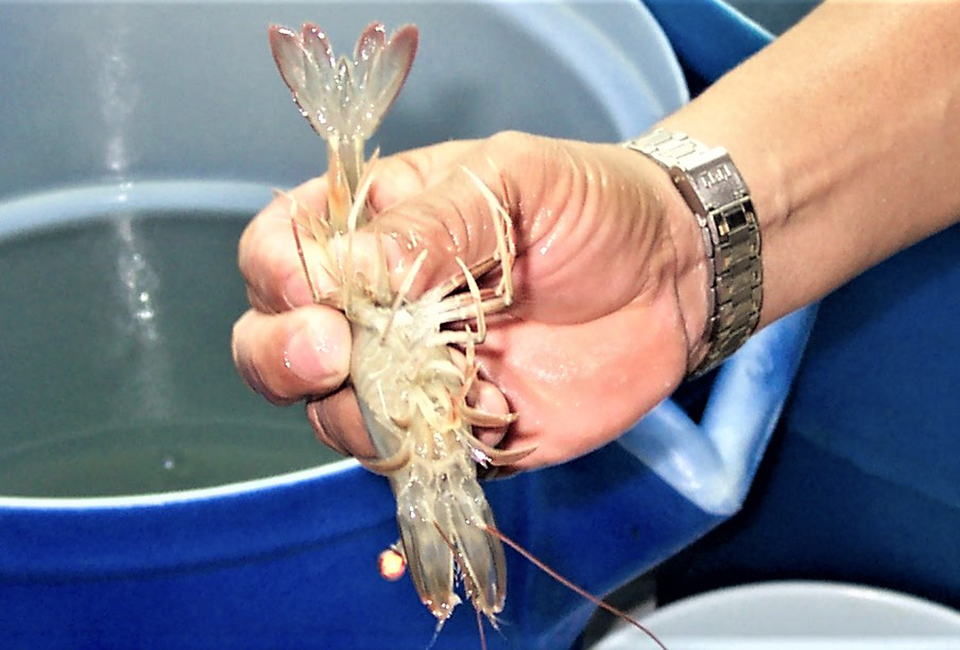
Most aquaculture operations for Pacific white shrimp (Litopenaeus vannamei) around the world now depend on domesticated strains that provide many production advantages. For shrimp breeding programs and hatcheries, important parameters that determine relative individual female reproductive quality include; the number of eggs per spawn (NE), the number of nauplii per spawn (NN), the hatch rate of eggs (HR), the proportion of females in the broodstock population that spawn per night (this also equates to female spawn frequency, SF) and total nauplii numbers produced.
Female reproductive performance in penaeids can be impacted by a number of factors including additive genetic composition, individual physical status, nutrition status and culture-water environmental factors. Well-managed recirculating tank (RT) systems provide a stable high-quality water environment with biosecure conditions that should result in lower mortality and minimum water pollution. For these reasons, they have been considered to be an ideal rearing system for closing the life cycle of penaeid shrimp in genetic improvement programs, and also for producing mature, specific pathogen free (SPF) broodstock for the industry.
Tank-reared broodstock, however, often do not show the same or similar reproductive performance compared with broodstock sourced from wild populations or even cultured stock reared in earthen ponds (EP). This issue needs to be further investigated to help meet demands from the seed production sector.
This article – adapted and summarized from the original publication (Ren S. et al. 2020. Comparison of Reproductive Performance of Domesticated Litopenaeus vannamei Females Reared in Recirculating Tanks and Earthen Ponds: An Evaluation of Reproductive Quality of Spawns in Relation to Female Body Size and Spawning Order. Front. Mar. Sci. 7:560) – reports on a study to rear L. vannamei broodstock under two culture conditions – earthen ponds, EP; and recirculating tanks, RT – using nauplii produced from the spawning of a single batch to eliminate any potential effects from the genetic resources used or different ages, and compared differences in female reproductive performance.
Study setup
L. vannamei nauplii used in our study came from a single mass spawning on a single night in a commercial hatchery (Wanning, Hainan Province, China). After larval culture and nursery phases, postlarvae (PL10 stage) were randomly selected and transferred to the earthen pond (EP) or RT systems for grow-out.
Some PLs were stocked into a 0.8 ha earthen pond (EP) at a commercial shrimp farm in Wanning, Hainan. Initially, PLs were stocked at a density of 25 individuals per square meter (200,000 PLs per pond) and fed with a commercially formulated, 40 percent crude protein diet. Feed rations during the first five months of grow-out were initially at about 10 percent of shrimp biomass, and steadily decreased to about 2 percent of shrimp biomass. Other PLs were stocked in circular (3.5 meters in diameter, 0.9 meters in depth, 0.5 meters in water depth), polypropylene fiber recirculating tanks (RT) with a biological recirculating culture system.
After eight months of culture in the EP and RT systems, mature broodstock animals were randomly collected and transferred to the hatchery for acclimation in four 10-square-meter maturation tanks, where males and females were reared separately at a stocking rate of eight individuals per square meter.
Female shrimp were tagged with individual numbered silicon eye rings for source identification and then reared communally in two tanks. At 10 months of age, test females were subjected to unilateral eyestalk ablation. Reproductive parameters for females in both the RT and EP treatments were collected one month after eyestalk ablation and data recorded for 30 days. Females with mature ovaries (stage IV) were collected daily and transferred to tanks with mature males. Successfully mated females with attached spermatophores were placed into individual 500-liter fiberglass tanks and maintained at a water temperature of 28 ± 0.5 degrees-C and salinity of 32 to 36 ppt. After a few hours, all females in the spawning tanks were returned to their maturation tanks, and spawned eggs collected and incubated. In total, 107 RT females and 49 EP females broodstock were used for estimating individual reproductive parameters.
For detailed information on the experimental design and animals; broodstock rearing procedure in earthen ponds and recirculating tanks; experimental comparisons; evaluation of reproductive parameters; and statistical analyses, refer to the original publication.
Results and discussion
In our study, all experimental animals originated from a single batch of nauplii produced from a single night. This approach was adopted to eliminate any potential impacts of nauplii being sourced from different genetic resources and/or age effect. Mean survival rate of reproductive parameters estimated for our broodstock were very similar to estimates reported by most commercial hatcheries in China.
Overall, we observed very similar results for the following reproductive parameters: number of eggs per spawn (NE), nauplii per spawn (NN), and hatch rate of eggs (HR) in the two culture test environment treatments (RT vs EP). For female spawn frequency (SF), however, the EP stocks spawned at a significantly higher rate than in the RT treatment. Results for NE, NN, and HR traits reported here were also much higher than the results reported in earlier studies that compared reproductive parameters in domesticated L. vannamei broodstock in tanks vs EP. These differences may largely reflect use of different breeding approaches of natural matings in our study vs. the artificial insemination used in other studies.
A significant outcome of our study was that we observed significant differences in female spawn frequency with females spawning more often under EP than in RT culture conditions. Our differences in female spawn frequency for females in the RT vs. EP treatments are also consistent with observations made by some hatchery technicians in China who report that, in general, stocks reared in EP are easier to mature and show higher mating rates per night than their specific pathogen free counterparts reared in tanks.
Improving the proportion of multiple spawners in a broodstock population has been recognized as a key factor for optimizing nauplii production in penaeid species. In our study and over a one-month trial, a third of the RT-reared females did not spawn, and a third spawned only a single time (Fig. 1A). In contrast, EP-reared females showed a significantly higher SF than that observed in the RT treatment, with only 20 percent failing to spawn, and almost 40 percent spawning three times or more (Fig. 1B). This result is similar to reports from a commercial L. vannamei nauplii hatchery in Mexico over a 36-day test period, where 48 percent of the females did not spawn, 18 percent spawned once, 15 percent spawned twice, while 19 percent spawned three times or more.
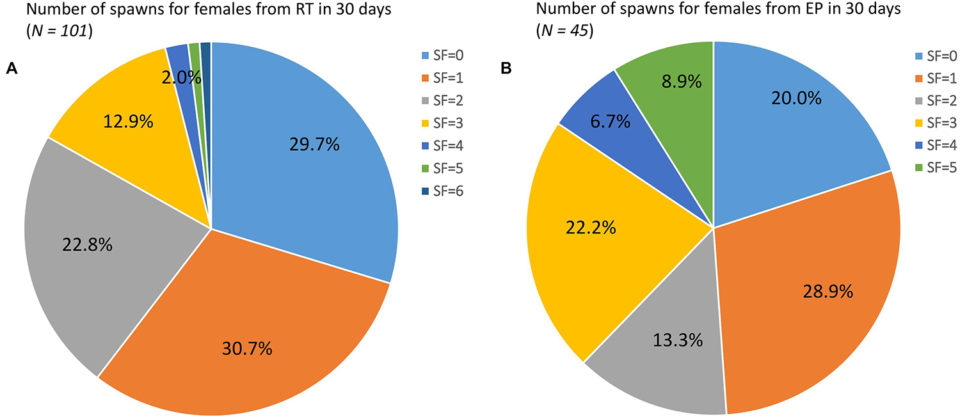
Together, these findings highlight that multiple spawners are likely to represent only a relatively small proportion of the total female spawning population while importantly making a very significant contribution to total nauplii production. This is a very important factor to consider in any broodstock improvement program in penaeids because it has great potential to impact the rate of inbreeding if this issue is not actively managed. In fact, our previous work has demonstrated a moderate heritability, suggesting that genetic improvement in culture for this trait is an achievable goal.
Regarding the impacts of female body size on reproduction performance, individual body size is the principle criterion widely used to select broodstock in penaeid shrimp hatcheries. In our results, examination of the relationships between reproductive parameters and individual female body size clearly showed that body size has a significant impact on reproductive performance for the following traits: number of eggs per spawn, number of nauplii per spawn, female spawn frequency and relative fecundity.
We observed a tendency for the large class females in both the EP and RT culture environments in our study to produce higher NE or NN than smaller females. This result is also consistent with earlier studies in other penaeid shrimps where fecundity (NE) has been correlated positively with individual spawner size.
The minimum size of adult SPF females currently supplied to farmers in China ranges from 35 to 45 grams. The threshold body size (38 grams) between small and medium size classes in our study corresponds well with the recommended size for L. vannamei females used as broodstock. In general, 30- to 45-gram individuals can be used for nauplii production in a hatchery, even though some animal breeders have advised use of even larger females of up to 45 grams because they may perform better.
Regarding the quality of reproductive performance in relation to spawning order, it was clear from our results that no compromise was evident for number of eggs per spawn, number of nauplii per spawn, hatch rate of eggs, or relative fecundity in multiple spawners, or even that multiple spawners were better in terms of mean nauplii per spawn or relative fecundity.
Our results also support some earlier studies that show offspring quality was not negatively impacted by spawning order for a variety of key reproductive parameters including fecundity, fertilization rate, hatchery or biochemical variables that generally reflect reproductive quality. But in contrast, a series of earlier studies reported that a deterioration in the reproductive capacity of broodstock females can result from reproductive exhaustion and that this is correlated with spawning order in penaeids.
In our study, data were collected during the second month after a female had experienced unilateral eyestalk ablation, so production of nauplii occurred over a stable period. Furthermore, mortality rates of broodstock and estimates of reproductive parameters in the current study indicate that near optimal maturation conditions were provided to the broodstock tested. As a consequence, this would likely minimize any impacts of test time on potential for reproductive exhaustion. Again, this highlights the difficulties with dealing with domesticated penaeid broodstock studies and how to establish the best, uniform standard experimental conditions that will allow meaningful comparisons to be made between different studies.
Perspectives
Results of our study indicate that no significant differences were evident for the majority of reproductive performance traits tested between female L. vannamei broodstock reared in RT vs. EP environments. Females in the EP treatment however, produced more nauplii per individual than females raised in an RT environment and this resulted from a significantly higher SF rate. No evidence was observed for reproductive exhaustion related to the number of consecutive spawns.
Therefore, we believe nauplii production in hatcheries therefore can potentially be optimized by using different strategies in relation to female broodstock body size selection. When RT-reared stocks were used, selecting larger body size females should result in higher nauplii production levels; while for small-scale farmers who use EP-reared stocks, utilizing female broodstock in the medium size class range should maximize nauplii production.
The data generated in our study will be used to optimize a genetic breeding strategy for our broodstock line and to develop a seed distribution strategy for the local production sector in China.
References available in the original publication.
Now that you've reached the end of the article ...
… please consider supporting GSA’s mission to advance responsible seafood practices through education, advocacy and third-party assurances. The Advocate aims to document the evolution of responsible seafood practices and share the expansive knowledge of our vast network of contributors.
By becoming a Global Seafood Alliance member, you’re ensuring that all of the pre-competitive work we do through member benefits, resources and events can continue. Individual membership costs just $50 a year.
Not a GSA member? Join us.
Authors
-
Shengjie Ren, Ph.D.
Corresponding author
Science and Engineering Faculty
Queensland University of Technology
Brisbane, QLD, Australia[109,111,99,46,108,105,97,109,116,111,104,64,110,101,114,101,105,106,103,110,101,104,115]
-
Peter B. Mather, Ph.D.
Australian Rivers Institute
Griffith University,
Brisbane, QLD, Australia -
Binguo Tang
Beijing Shuishiji Biotechnology Co. Ltd.
Beijing, China -
David A. Hurwood, Ph.D.
Science and Engineering Faculty
Queensland University of Technology
Brisbane, QLD, Australia
Tagged With
Related Posts
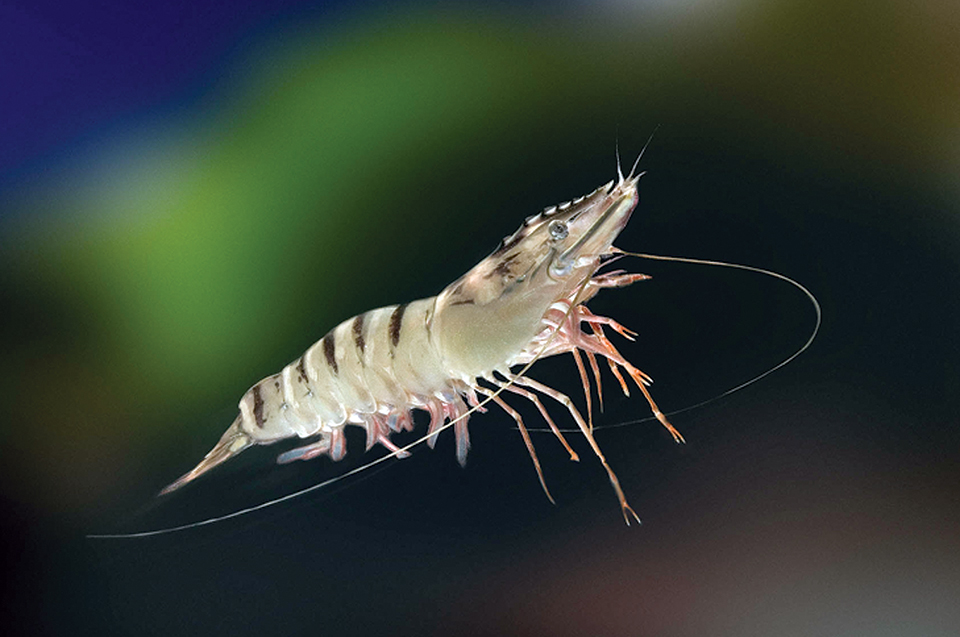
Health & Welfare
Black tiger domestication, selective breeding advance in Australia
Using clear-water tank systems, CSIRO and a collaborating farm have advanced the domestication of black tiger stocks in Australia.
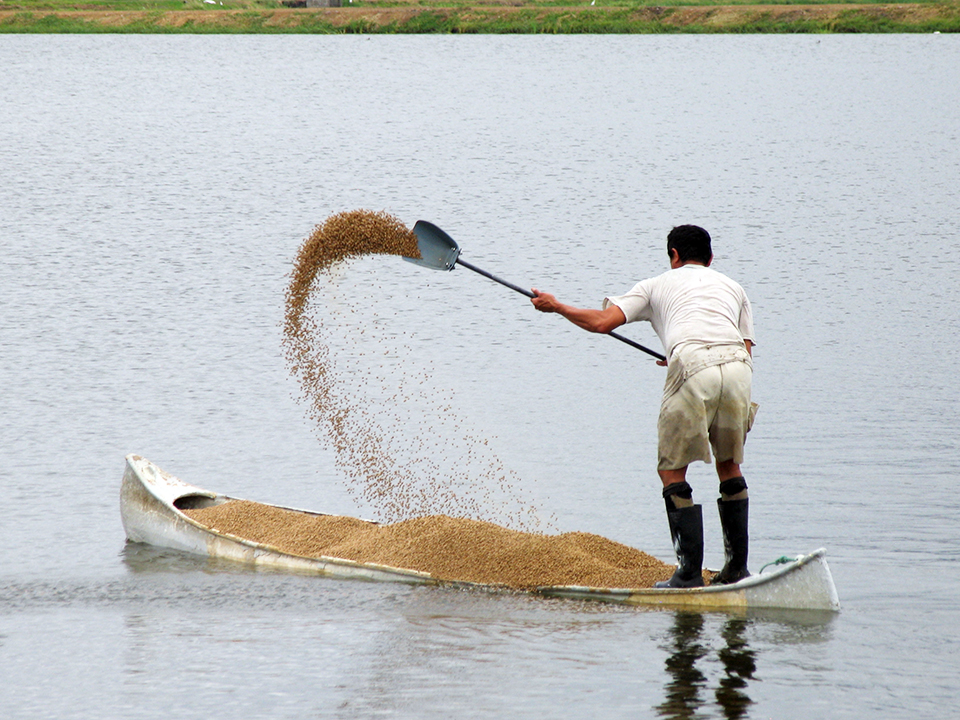
Aquafeeds
Changing the aquafeed paradigm
Change the aquafeed paradigm by viewing feed as an investment, instead of simply as a cost. This can result in greater profitability.
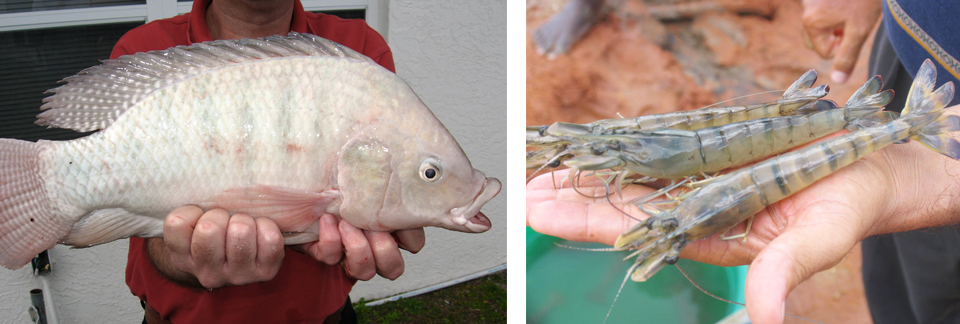
Health & Welfare
Broodstock nutrition management enhances reproduction, profits
Proper management of broodstock nutrition encompasses providing the right amounts of the proper specialized nutrients during the right developmental stages.
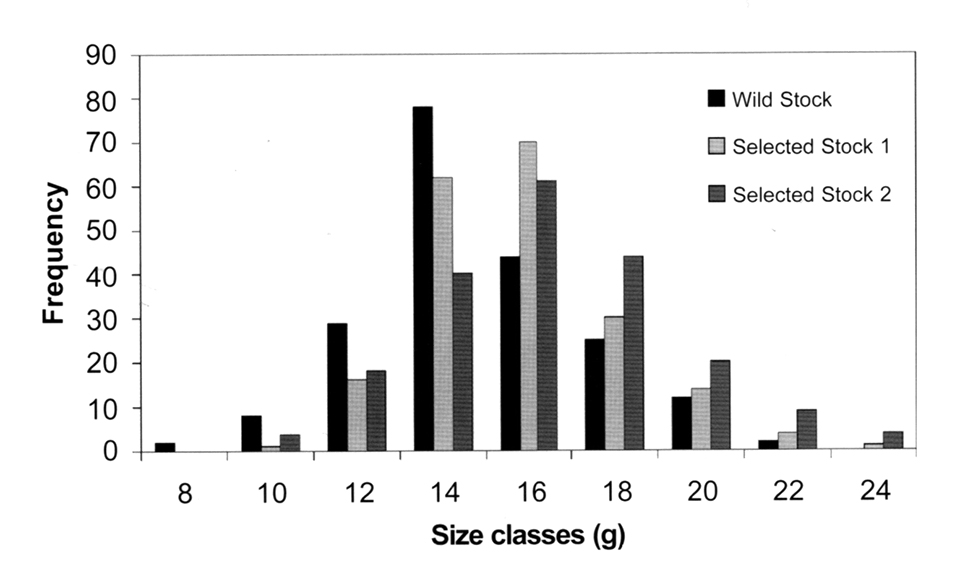
Intelligence
Genetic improvement of farmed prawns in Australia
The domestication and genetic improvement of farmed prawns has been slow compared to that of some other aquatic species and most terrestrial livestock.


